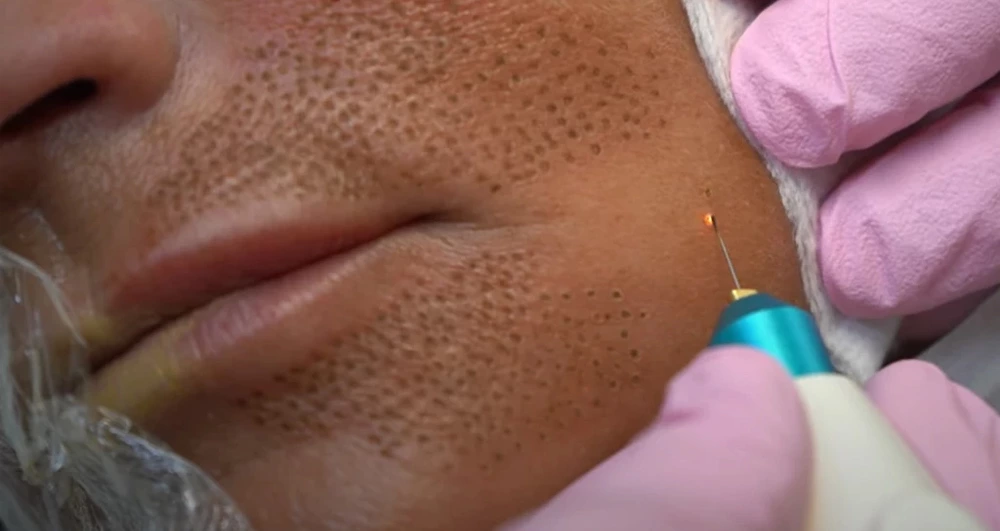Plasma Skin Regeneration Technology
1. What is plasma skin regeneration technology
Plasma Skin Regeneration Technology (PSR) is the latest skin replacement technology. Different from laser and other ordinary light energy, PSR generates heat effect on the skin through plasma energy, and completely retains the separated epidermis, which can promote wound healing and accelerate the skin recovery of patients. Thus, it has a significant cosmetic effect.
2. Indications and contraindications of plasma therapy
This plasma pen was approved by FDA in September 2006. It can be used to treat skin wrinkles, superficial skin diseases, actinic keratosis, viral papilloma, seborrheic keratosis, eyelid relaxation, linear perspiration keratosis, acne scar and other diseases. Skin with photoaging characteristics can be treated, including neck, chest, hand skin, but mainly used for facial skin peel treatment. During pregnancy, lactation, made in the skin in recent years, nearly six months had not sex skin peeling or other auxiliary beauty therapy (such as chemical peeling, the use of retinoic acid treatment, botox and fillers) in patients with history, has a history of keloids, active oral herpes, collagen vascular disease is not suitable for treatment.
3. Plasma facial peel treatment process
Patients arrived 1 hour before treatment and were given topical anesthesia without hospitalization and advance skin preparation. Skin anesthesia was administered 30-45min before treatment. The treatment of the face was carried out according to the cosmetic area, and the anesthetic on the surface was removed with dry gauze before each area was treated. The treatment head should be 5mm away from the skin surface, and the diameter of the contact area between the plasma pulse and the skin should be 6mm. The pulses are transmitted in the manner of a paintbrush without overlapping each other, and wet gauze is used to protect the hairline, eyebrows and eyelashes. In order to avoid a clear dividing line, the facial edges and neck along the hairline are eclosion treated, and the distance between the treated head and the skin surface is increased to 1cm, which reduces the plasma in contact with the skin and thus reduces the conduction heat energy. After treatment, avoid sun exposure and use facial repair products at least 3 times a day.
4. Clinical efficacy of plasma
The subjects' facial wrinkles improved by 39% six months after a single high-energy pulse. Multiple LOW-ENERGY TREATMENTS RESULTED IN A 37% REDUCTION IN facial WRINKLES AND a 68% improvement in THE SUBJECT'S RATED facial appearance 3 months AFTER TREATMENT. The difference between the researchers' and subjects' assessments may be due to the fact that the subjects were more concerned with improving facial pigmentation than wrinkles, with erythema lasting an average of six days. On a 5-point scale, 0 was no, 1 was minimal, 2 was mild, 3 was moderate, and 4 was severe. After 3 weeks, the erythema decreased to 0.8. The duration of epithelial regeneration after the first treatment was longer than that of the others (9 days, 4 days, 5 days). This may be because the degree of epidermal destruction and epithelial regeneration were different with each treatment. The first treatment removed a lot of light-damaged skin, leaving the skin needing further repair. It could be that the new skin has a higher moisture content, absorbs less plasma energy, or that the new skin upregates certain growth factors that promote wound healing. One patient had local pigmentation after initial treatment that resolved after 30 days of follow-up without the use of whitening factors.

